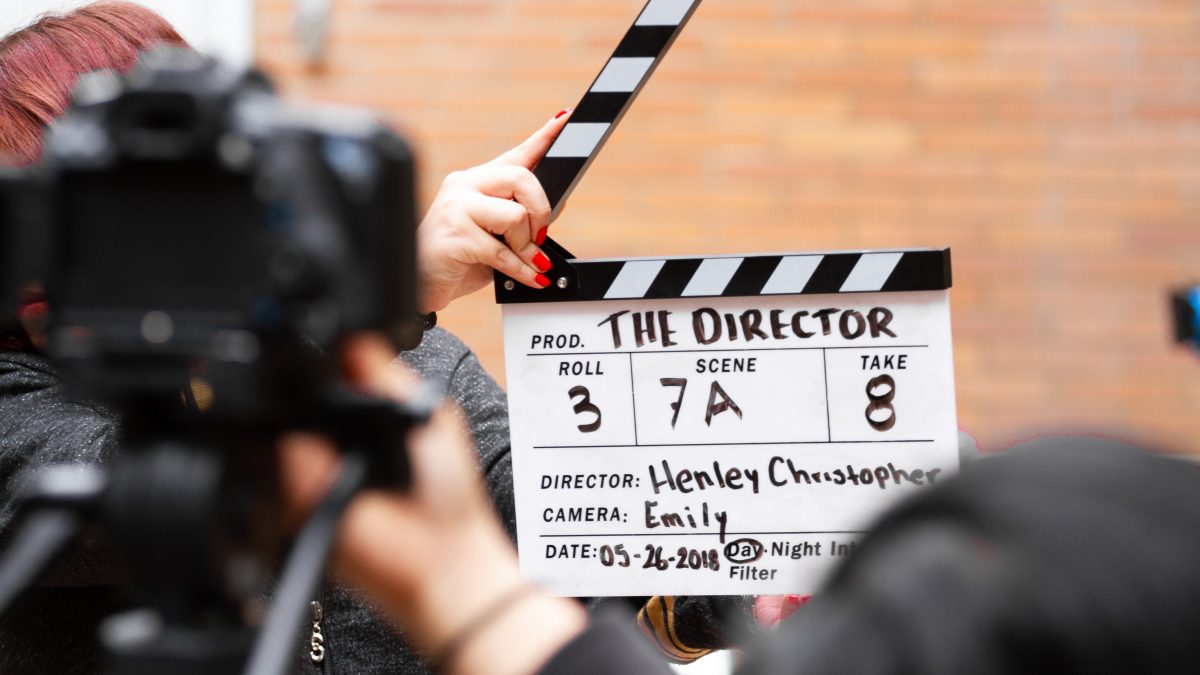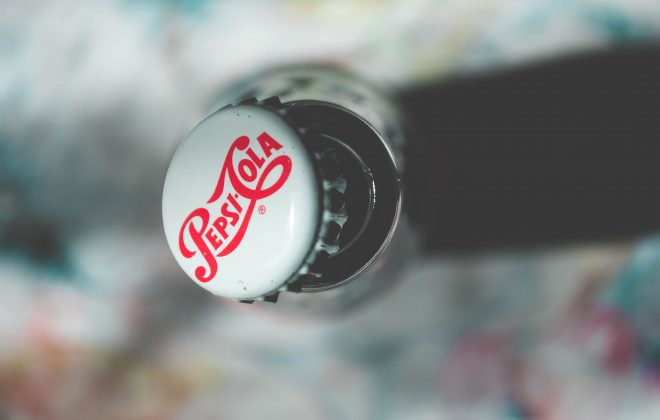How To Write A Compelling Call To Action
Photo by Martin Lopez from Pexels
If you’re new to the term, a CTA is essentially a subtle command — a desired course of action you’d like a prospective client to take. It can be everything from “Call us today” to “Get yours whilst stocks last”. In short, if it’s asking someone to do something, it’s a CTA.
But crafting a worthwhile CTA is something of an art form. Though luckily it’s an easy one to master. So read on to find out how to write a cracking CTA.
Think about what you want
A call-to-action is, primarily, about the customer. It’s about giving them something they want and/or need. But it’s also about what you want.
Do you want to sell more products? Attract more readers to your blog? Get people on the phone for consultations? Your CTA should be a middle-ground between what your readers want to take away and what you want to give away.
Knowing exactly what it is that you want to offer makes the process of crafting a CTA much easier. It can also make you appear more sincere. A generic CTA (like, for example, “click here for special offers”) doesn’t come across as context-specific. It’s just a copy-and-paste incentive, which often seems fake and careless.
Specificity, on the other hand, gives readers the impression that you really do have something to offer. Not only that, but that you have something you want to offer. And this all starts with you, the business, first knowing what it is that you want to give.
Action verbs put the ‘action’ in call-to-action
Join. Learn. Free. Now. Save. Add an exclamation mark for added effect. Simply put, action verbs propel us towards action. They direct people’sbehaviour. “Learn the ropes now” works better than “Begin by learning the ropes” because it’s more active. The latter implies that the learning isn’t going to take place right now but sometime in the future. And it sounds like there’s more effort involved.
Action verbs help us to be more direct and precise. They’ll give your CTA direction and focus, which ultimately makes it more powerful and persuasive. And, generally speaking, a good method is to always start your call-to-action with a commanding verb. That way you’ve got an immediate hook.
Emotion, enthusiasm, reaction
Writing a CTA that provokes a powerful emotional response in your reader is, really, the ultimate goal. When something touches us on a level deeper than the intellect, we’re much more compelled to act on it.
The trick to eliciting an emotional response from readers is to understand what they’re looking for. That’s the art of content creation. Whenever we create a blog post, or a brochure, or a magazine ad, we have to consider what it is that the people reading our material actually want.
Are they here for advice, instructions, inspiration, or because they want to buy something? Once we understand what our readers want, then we can design our material in a more emotionally resonant way.
Size and space
In order to draw as much attention as possible to your CTA, you need to optimise both its size and location.
If we think of the call-to-action as the focal point of a piece of marketing, then it’s sensible to make it bold and striking. It needs to appear separate from the rest of the text because it is separate.
Just remember, your CTA is the point to which your reader’s attention is being directed, so it needs to stand out. An effective method for achieving this is to simply create some white space around it and increase its size slightly. That way it will become a key feature of the piece.
Time incentives
“Hurry! Offer ends on Sunday!”
Sofa companies seem to have this one down to a fine art with their perennial ‘Sale ends soon’ sales. This naturally works best with products. One method that seems to be particularly effective (if not slightly intimidating) is actually displaying a timer counting down to the end of the sale.
By restricting an offer to a limited period of time, you’re encouraging people to act on it immediately.
Money back guarantees and free consultations
If a money back guarantee is something you offer, then make sure to flaunt it. People will feel much more comfortable purchasing a product or service if there is a safety net like this in place. It’s also an incredibly versatile CTA, as you can put it on anything and everything that you sell.
The same goes for free consultations. You’ll notice that at the end of quite a number of posts on the Red Square Design blog is some sort of variation of: “Get in touch for a free consultation”. The reason it features so often is because it doesn’t matter what the subject of the post is. As long as it’s loosely connected to graphic design, then a free consultation is always relevant to the material.
CTA + Content = Linked
A CTA that is relevant to the content it follows is essential. Otherwise no one will follow through with it. For example, if you’ve written a blog post about how to brew beer, it probably wouldn’t be very effective if your CTA was “Download our free ebook on fish tank maintenance”. This one is simple enough. Just remember that the CTA should be a natural continuation from whatever content the user is engaging with.
Consider what’s next
Getting your reader to engage with your CTA is one thing, but what happens next? It’s an obvious point, but it’s extremely important to consider the user experience beyond the point of the CTA.
If you’re asking someone to sign up to a newsletter, or to buy a certain product, or download a series of videos, how easy is it for them? Steering someone towards your CTA is, of course, the hardest part, so what comes afterwards should be as straightforward and user-friendly as possible.
Word power
Ultimately, the power of a CTA lies in the words it uses to provoke engagement. This is the same for all written marketing material. So if you’d like to brush up on your content writing skills, why not take a look at our guides on creating killer headlines and how to write a brilliant strapline.




